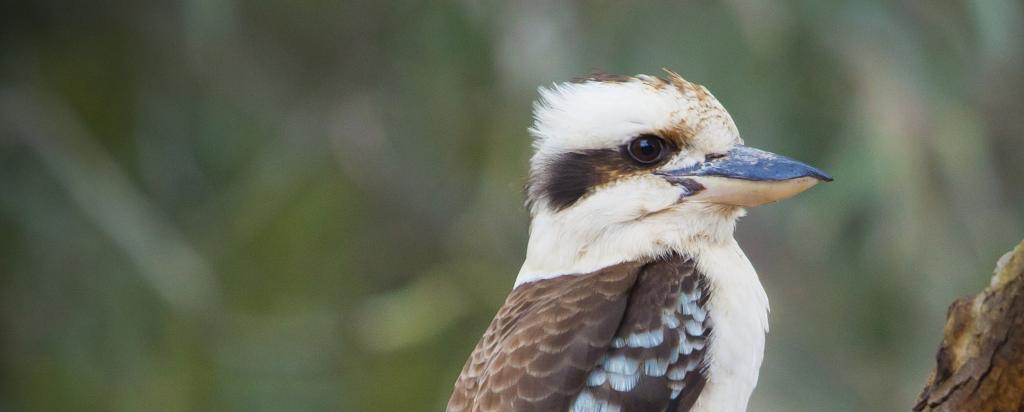
Collecting and analysing samples - LHSTC
Water and sediment samples are collected regularly from stormwater drains and local creeks.
Groundwater is collected from a network of shallow and deep wells around ANSTO. Groundwaters are also analysed for water quality components such as plant nutrients, metals, pH, conductivity, and suspended solids.
Fish, seaweed and barnacles are collected from the Potter Point ocean outfall and a reference site in the Royal National Park.
Air is monitored continuously at six locations around ANSTO. Air ventilated from laboratories and facilities which handle radioactive materials are filtered to remove particles and continuously monitored and analysed for radioisotope content. This emission data, together with ANSTO's weather station data, is used to model the dose to local populations.
Sensitive analysis techniques are used to determine the type and quantity of radioactivity present in environmental samples. Naturally-occurring radioactive minerals found in rocks, soil and dust are present in almost all samples. The analytical laboratories are certified to the ISO9001 standard for Quality Management Systems.
Environmental gamma radiation is continuously measured by dosimeters around the Lucas Heights site and in the local area. Environmental radiation levels are also monitored at a station in Engadine; the data is published online every 15 minutes.
ANSTO also has a key role in a major research project that monitors fine particle pollution along the NSW coast, and other locations internationally.
Local Environmental Monitoring - ANSTO
Read More
No comments:
Post a Comment